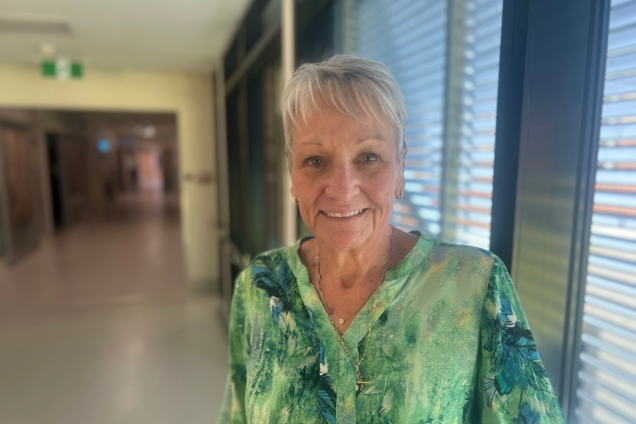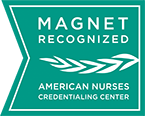Safety and Efficacy of AK0529 in Respiratory Syncytial Virus-Infected Infant Patients: a Phase 2 Proof-of-Concept Trial.
Huang, L.M., Schibler, A., Huang, Y.C., Tai, A., Chi, H., Chieng, C.H., Wang, J.L., Goldbart, A., Tang, S.P., Huang, Y.C. and George, S., 2022. Safety and Efficacy of AK0529 in Respiratory Syncytial Virus-Infected Infant Patients: a Phase 2 Proof-of-Concept Trial. Authorea Preprints.





